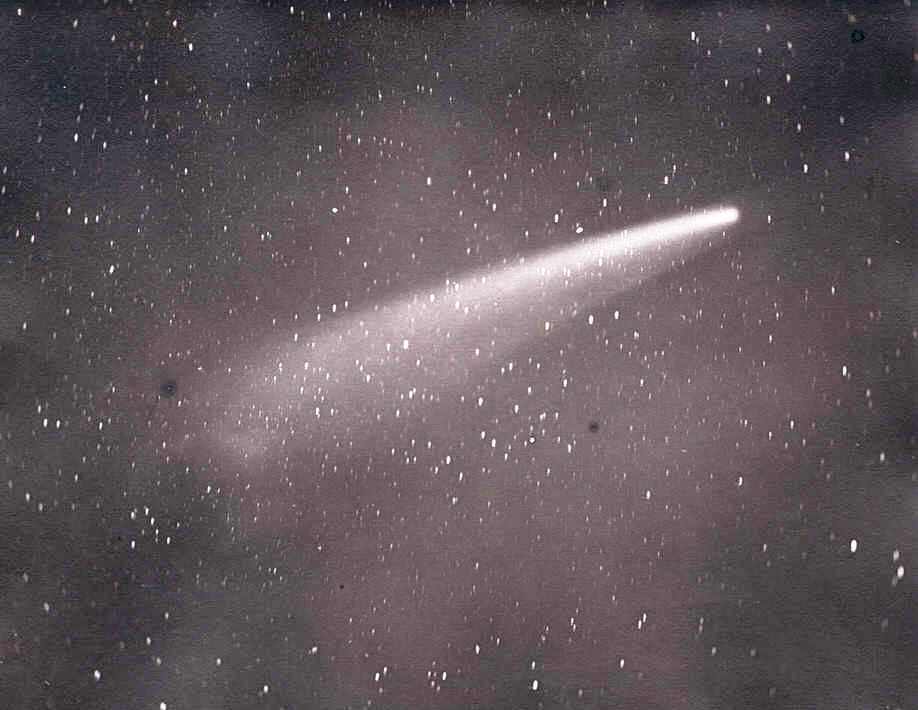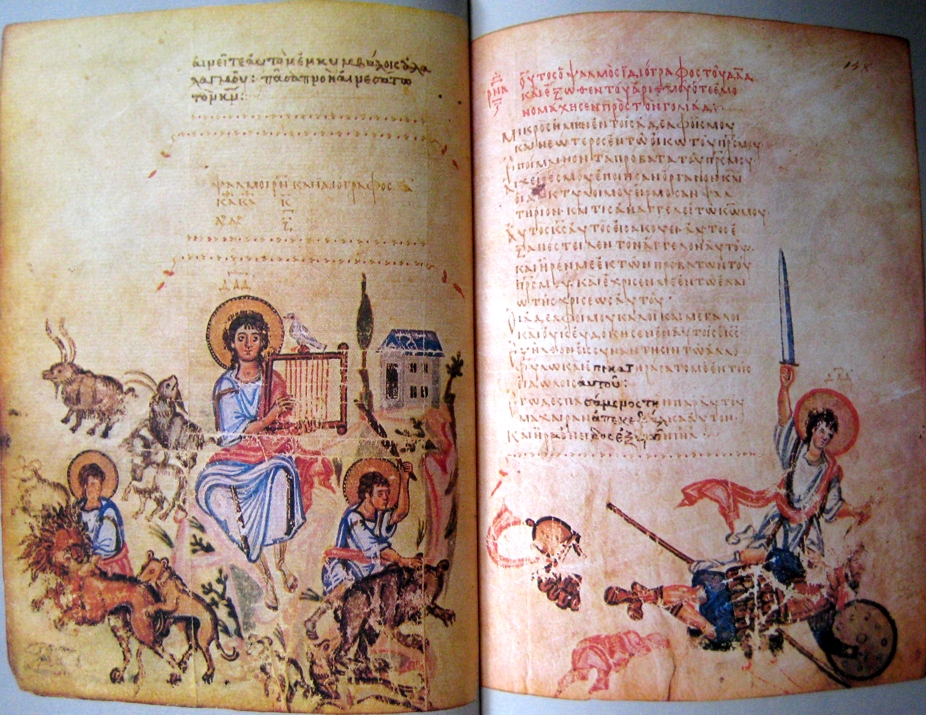|
Aleksey Khludov
Aleksey Ivanovich Khludov (23 August 1818–22 March 1882) was a Russian Old Believer merchant who amassed the richest private collection of early medieval manuscripts in Imperial Russia. The son of a peasant, Khludov rose to become a man of considerable fortune and chairman of the Moscow Exchange, Moscow stock exchange committee from 1859 to 1865. He specialized in early Russian, South Slavic, and Greek religious manuscripts, most of which he acquired from other Old Believer collectors. Unsurprisingly, his collection boasted the richest assortment of documents concerning the early history of the Raskol. In 1866, he donated forty manuscripts to the Rumyantsev Museum. The rest passed upon his death to the Nikolsky Old Believer Monastery. After the October Revolution, the Bolsheviks expropriated the Khludov collection, including its gem—the 9th-century illuminated Khludov Psalter—and transferred 524 mediaeval manuscripts and 717 incunabula to the State Historical Museum, in w ... [...More Info...] [...Related Items...] OR: [Wikipedia] [Google] [Baidu] |
Incunabula
An incunable or incunabulum (: incunables or incunabula, respectively) is a book, pamphlet, or broadside (printing), broadside that was printed in the earliest stages of printing in Europe, up to the year 1500. The specific date is essentially arbitrary, but the number of printed book editions exploded in the following century, so that all incunabula, produced before the printing press became Global spread of the printing press#Europe, widespread in Europe, are rare, where even some early 16th-century books are relatively common. They are distinct from manuscripts, which are documents written by hand. Some authorities on the history of printing include block books from the same time period as incunabula, whereas others limit the term to works printed using movable type. there are about 30,000 distinct incunable Edition (book), editions known. The probable number of surviving individual copies is much higher, estimated at 125,000 in Germany alone. Through statistical analy ... [...More Info...] [...Related Items...] OR: [Wikipedia] [Google] [Baidu] |
19th-century Businesspeople From The Russian Empire
The 19th century began on 1 January 1801 (represented by the Roman numerals MDCCCI), and ended on 31 December 1900 (MCM). It was the 9th century of the 2nd millennium. It was characterized by vast social upheaval. Slavery was Abolitionism, abolished in much of Europe and the Americas. The First Industrial Revolution, though it began in the late 18th century, expanded beyond its British homeland for the first time during the 19th century, particularly remaking the economies and societies of the Low Countries, France, the Rhineland, Northern Italy, and the Northeastern United States. A few decades later, the Second Industrial Revolution led to ever more massive urbanization and much higher levels of productivity, profit, and prosperity, a pattern that continued into the 20th century. The Catholic Church, in response to the growing influence and power of modernism, secularism and materialism, formed the First Vatican Council in the late 19th century to deal with such problems an ... [...More Info...] [...Related Items...] OR: [Wikipedia] [Google] [Baidu] |
1882 Deaths
Events January * January 2 ** The Standard Oil Trust (business), Trust is secretly created in the United States to control multiple corporations set up by John D. Rockefeller and his associates. ** Irish-born author Oscar Wilde arrives in New York at the beginning of a lecture tour of the United States and Canada. * January 5 – Charles J. Guiteau is found guilty of the assassination of James A. Garfield (President of the United States) and sentenced to death, despite an insanity defense raised by his lawyer. * January 12 – Holborn Viaduct power station in the City of London, the world's first coal-fired public electricity generating station, begins operation. February * February 3 – American showman P. T. Barnum acquires the elephant Jumbo from the London Zoo. March * March 2 – Roderick Maclean fails in an attempt to assassinate Queen Victoria, at Windsor, Berkshire, Windsor. * March 18 (March 6 Old Style) – The Principality of Serbia becomes ... [...More Info...] [...Related Items...] OR: [Wikipedia] [Google] [Baidu] |
1818 Births
Events January–March * January 1 ** Battle of Koregaon: Troops of the British East India Company score a decisive victory over the Maratha Empire. ** English author Mary Shelley publishes the novel ''Frankenstein'' anonymously. * January 3 (21:52 UTC) – Venus occults Jupiter. It is the last occultation of one planet by another before November 22, 2065. * January 6 – The Treaty of Mandeswar brings an end to the Third Anglo-Maratha War, ending the dominance of Marathas, and enhancing the power of the British East India Company, which controls territory occupied by 180 million Indians. * January 12 – The Dandy horse (''Laufmaschine'' bicycle) is patented by Karl Drais in Mannheim. * February 3 – Jeremiah Chubb is granted a British patent for the Chubb detector lock. * February 4 – Writer Walter Scott finds the Honours of Scotland in Edinburgh Castle. * February 5 – Upon his death, King Charles XIII of Sweden (Charles II of Norway) is succee ... [...More Info...] [...Related Items...] OR: [Wikipedia] [Google] [Baidu] |
Savva Vasilyevich Morozov
Savva Vasilyevich Morozov (; 24 April 1770 – 1860) was an eighteenth-century Russian entrepreneur, who founded the Morozov dynasty. Origins He was born a serf, his father, a fisherman having been sold by Vsevoloshsky along with other serfs, building and structures as part of the village of Zuevo to a collegiate counsellor called Ryumin. But when he was twenty years old, Savva was not content with the life of a peasant. He worked in a textile factory belonging to Fedor Kononov, who lent him 1,500 roubles to buy himself out of compulsory military service. He then married Ulyana, who shared with him her families secret method of dying fabric, and Savva was able to repay his debt in two years. Morozov benefitted from the shortage of textiles in the Russian Empire following the destruction of the textile industry around Moscow by Napoleon. Business activities Innovations Morozov was the first entrepreneur to import textile machinery from England England is a Countries of ... [...More Info...] [...Related Items...] OR: [Wikipedia] [Google] [Baidu] |
Abram Abramovich Morozov
Abraham (originally Abram) is the common Hebrews, Hebrew Patriarchs (Bible), patriarch of the Abrahamic religions, including Judaism, Christianity, and Islam. In Judaism, he is the founding father who began the Covenant (biblical), covenantal relationship between the Jewish people and God in Judaism, God; in Christianity, he is the spiritual progenitor of all believers, whether Jewish or gentile, non-Jewish; and Abraham in Islam, in Islam, he is a link in the Prophets and messengers in Islam, chain of Islamic prophets that begins with Adam in Islam, Adam and culminates in Muhammad. Abraham is also revered in other Abrahamic religions such as the Baháʼí Faith and the Druze, Druze faith. The story of the life of Abraham, as told in the narrative of the Book of Genesis in the Hebrew Bible, revolves around the themes of posterity and land. He is said to have been called by God to leave the house of his father Terah and settle in the land of Canaan, which God now promises to Ab ... [...More Info...] [...Related Items...] OR: [Wikipedia] [Google] [Baidu] |
Varvara Alekseevna Morozova
Varvara Alekseevna Morozova (1848-1917) was a Russian industrialist. She was the daughter of Aleksey Khludov and married to Abram Abramovich Morozov and Vasily Mikhailovich Sobolevsky. She was the acting president of the Tver Manufactory Association from 1882. She was also the perhaps most famed philanthropist in Moscow and awarded with an Imperial medal for her charitable work, known particularly as the patron of the Moscow University. Family With Abram Morozov she had three sons: * Mikhail Abramovich Morozov (1870-1903), eldest son * Ivan Morozov (businessman), Ivan Morozov (1871–1921), second son was a Russian businessman and from 1907 to 1914 a major collector of avant-garde French art. * Arseny Abramovich Morozov (1874-1908), youngest son References * Варвара Алексеевна Морозова: На благо просвещения Москвы / Библиотека-читальня им. И. С. Тургенева. Сост., вступ. ст., подго ... [...More Info...] [...Related Items...] OR: [Wikipedia] [Google] [Baidu] |
State Historical Museum
The State Historical Museum () of Russia is a museum of History of Russia, Russian history located between Red Square and Manezhnaya Square, Moscow, Manege Square in Moscow. The museum's exhibitions range from relics of prehistoric tribes that lived in the territory of present-day Russia, to priceless artworks acquired by members of the House of Romanov, Romanov dynasty. The total number of objects in the museum's collection numbers in the millions. Description The place where the museum now stands was formerly occupied by the Principal Medicine Store, built by order of Peter I of Russia, Peter the Great in the Moscow Baroque style. The museum was founded in 1872 by Ivan Zabelin, Aleksey Uvarov and several other Slavophiles interested in promoting Russian history and national self-awareness. The board of trustees, composed of Sergey Solovyov (historian), Sergey Solovyov, Vasily Klyuchevsky, Uvarov, and other leading historians, presided over the construction of the museum buil ... [...More Info...] [...Related Items...] OR: [Wikipedia] [Google] [Baidu] |
Khludov Psalter
Chludov Psalter (; Moscow, Hist. Mus. MS. D.129) is an illuminated marginal Psalter dating to the mid-9th century. It is a unique monument of Byzantine art at the time of the Iconoclasm, one of only three illuminated Byzantine Psalters to survive from the 9th century. According to one tradition, the miniatures are supposed to have been created clandestinely, and many of them are directed against Iconoclasts. Many contain explanations of the drawings written next to them, and little arrows point out from the main text to the illustration, to show which line the picture refers to. The polemical style of the whole ensemble is highly unusual, and a demonstration of the furious passions the Iconoclast dispute generated. The psalter measures 195 mm by 150 mm and contains only 169 folios. The outer edges of the pages are normally left blank in order to be covered with illustrations. The text and captions were written in a diminutive uncial script, but many of these were ... [...More Info...] [...Related Items...] OR: [Wikipedia] [Google] [Baidu] |
Old Believer
Old Believers or Old Ritualists (Russian: староверы, ''starovery'' or старообрядцы, ''staroobryadtsy'') is the common term for several religious groups, which maintain the old liturgical and ritual practices of the Russian Orthodox Church, as they were before the reforms of Patriarch Nikon of Moscow between 1652 and 1657. The old rite and its followers were anathematized in 1667, and Old Belief gradually emerged from the resulting schism. The antecedents of the movement regarded the reform as heralding the End of Days, and the Russian church and state as servants of the Antichrist. Fleeing persecution by the government, they settled in remote areas or escaped to the neighboring countries. Their communities were marked by strict morals and religious devotion, including various taboos meant to separate them from the outer world. They rejected the Westernization measures of Peter the Great, preserving traditional Russian culture, like long beards for men. L ... [...More Info...] [...Related Items...] OR: [Wikipedia] [Google] [Baidu] |
October Revolution
The October Revolution, also known as the Great October Socialist Revolution (in Historiography in the Soviet Union, Soviet historiography), October coup, Bolshevik coup, or Bolshevik revolution, was the second of Russian Revolution, two revolutions in Russia in 1917. It was led by Vladimir Lenin's Bolsheviks as part of the broader Russian Revolution of 1917–1923. It began through an insurrection in Petrograd (now Saint Petersburg) on . It was the precipitating event of the Russian Civil War. The initial stage of the October Revolution, which involved the assault on Petrograd, occurred largely without any casualties. The October Revolution followed and capitalized on the February Revolution earlier that year, which had led to the abdication of Nicholas II and the creation of the Russian Provisional Government. The provisional government, led by Alexander Kerensky, had taken power after Grand Duke Michael Alexandrovich of Russia, Grand Duke Michael, the younger brother of ... [...More Info...] [...Related Items...] OR: [Wikipedia] [Google] [Baidu] |









